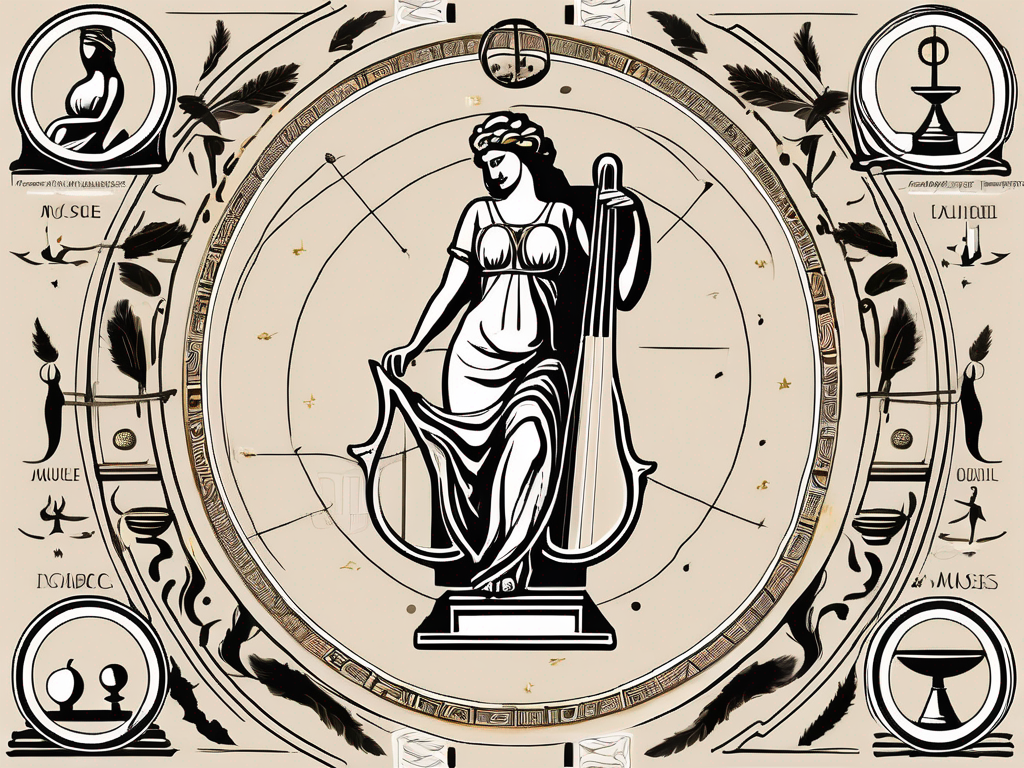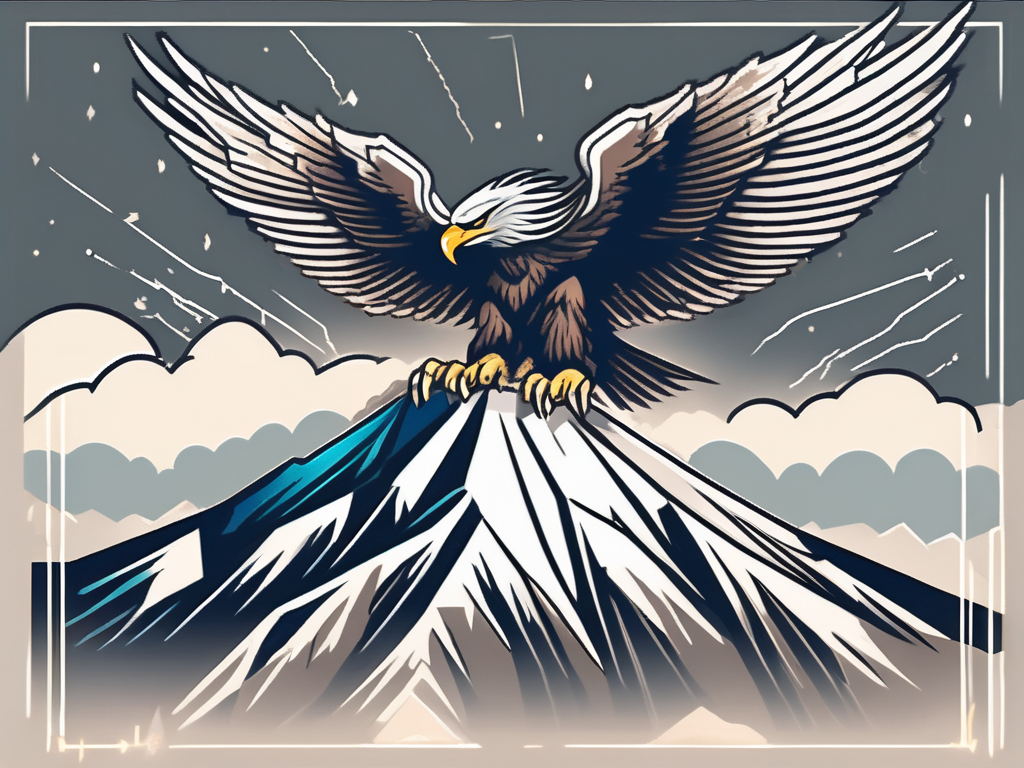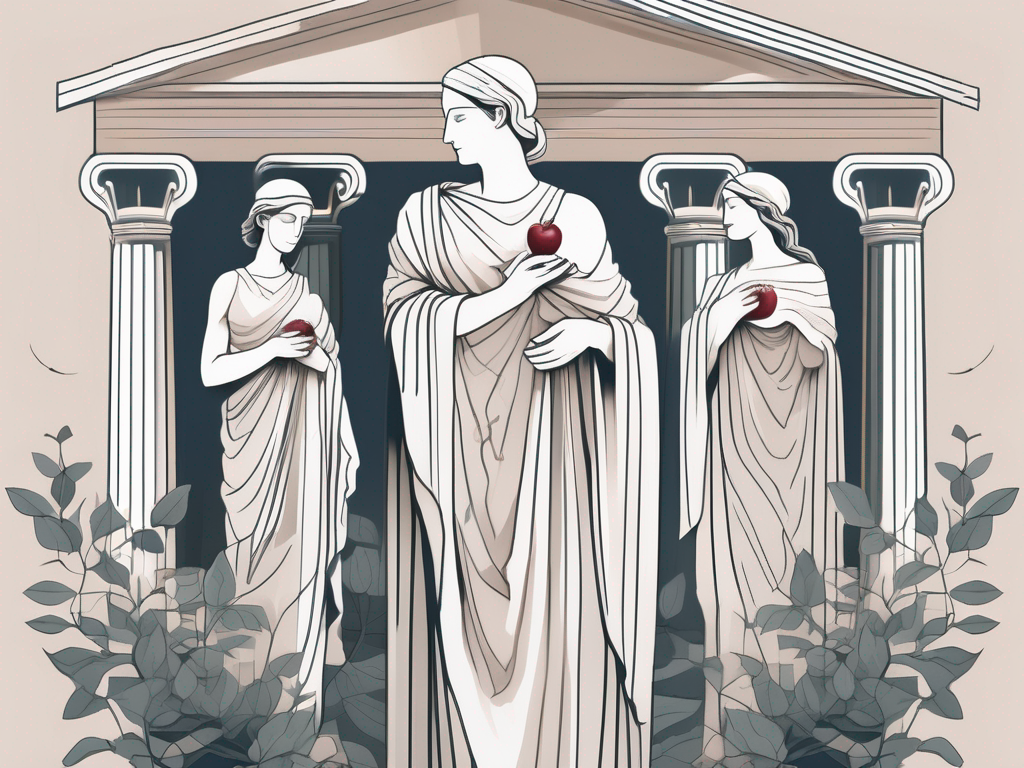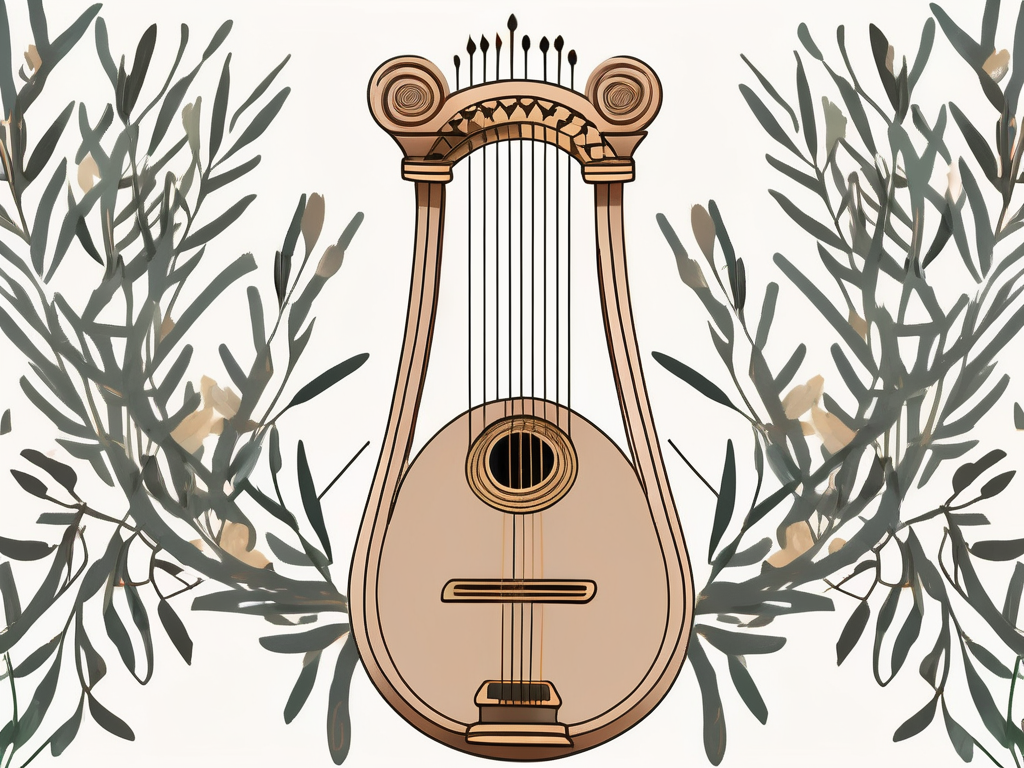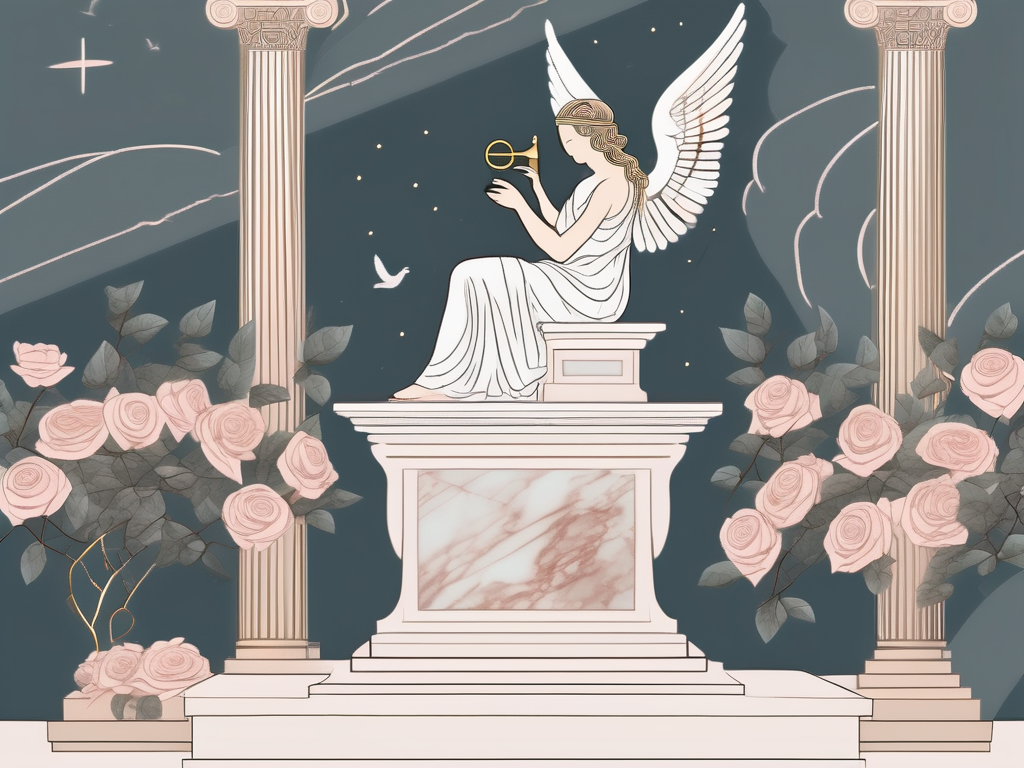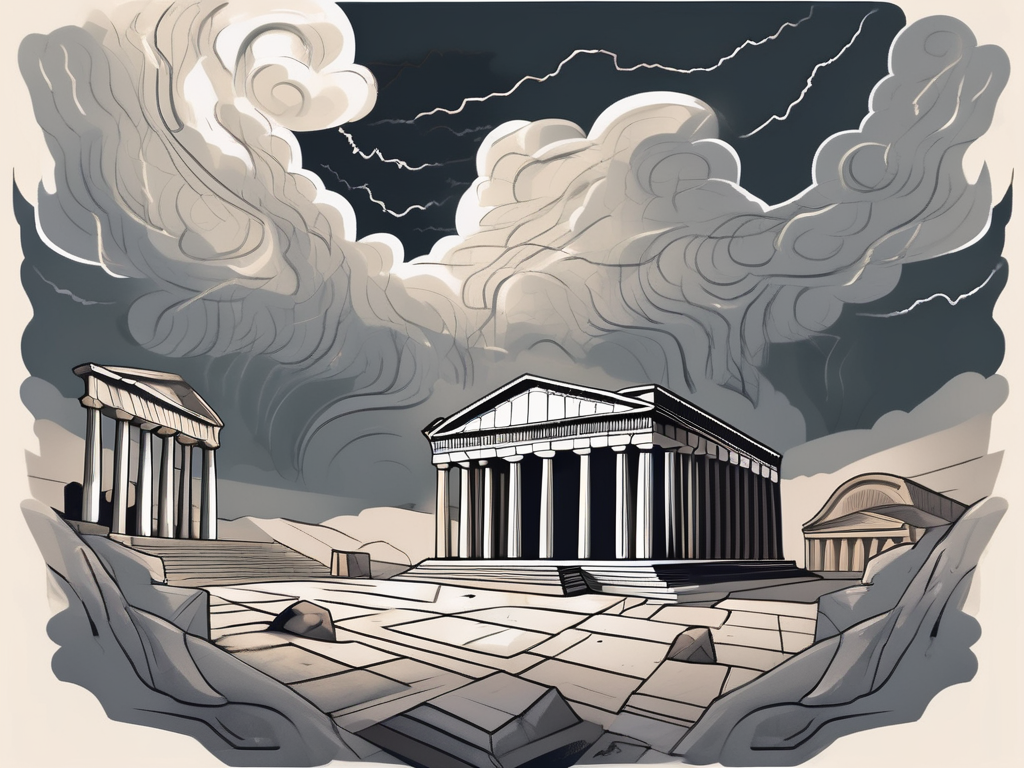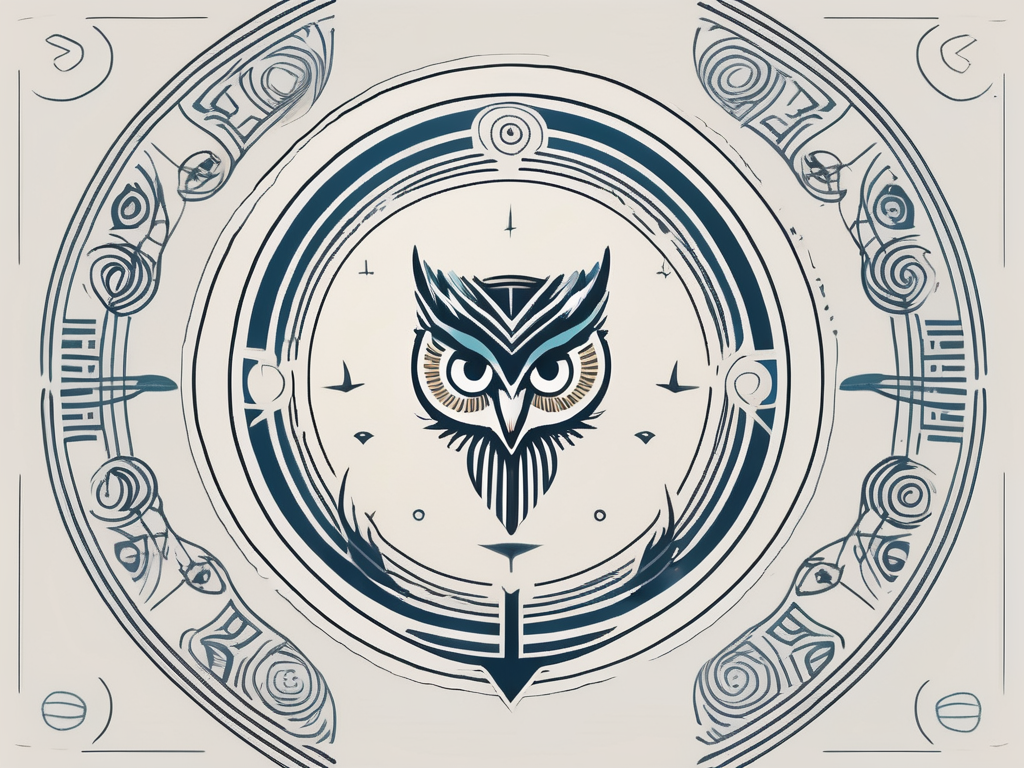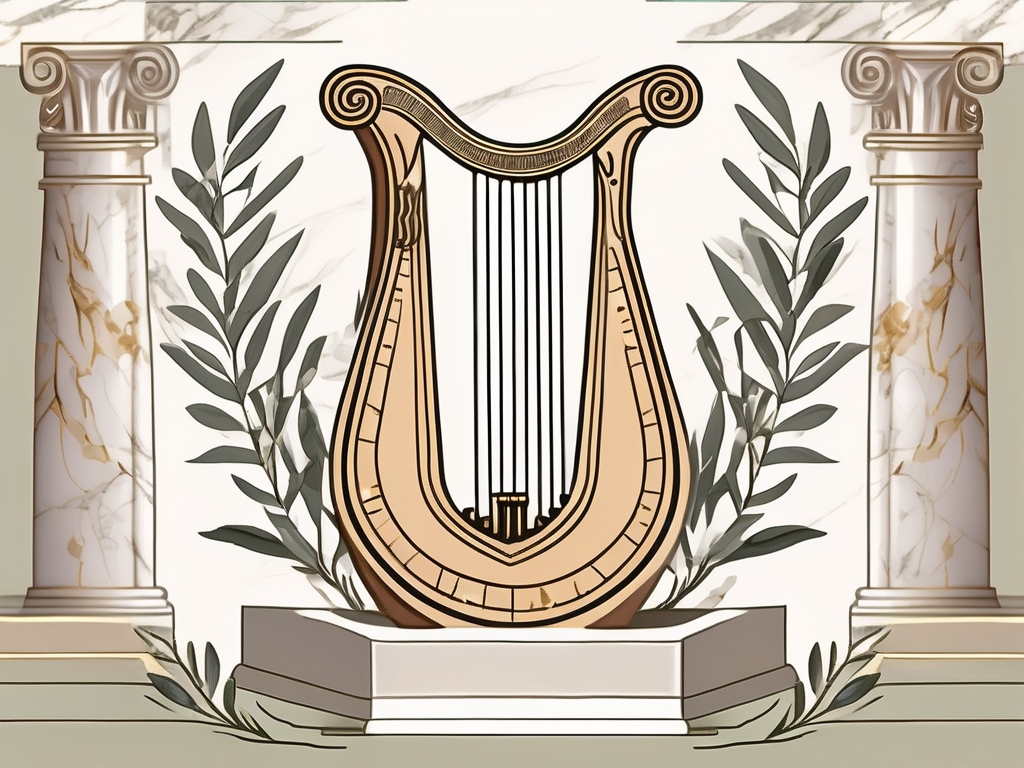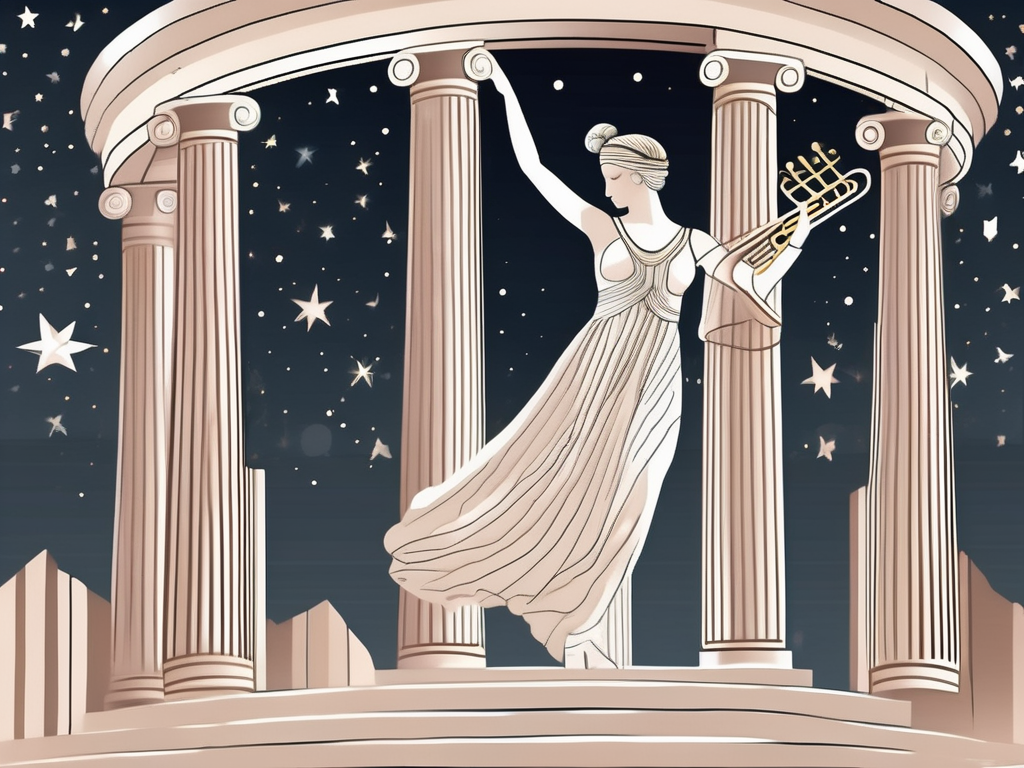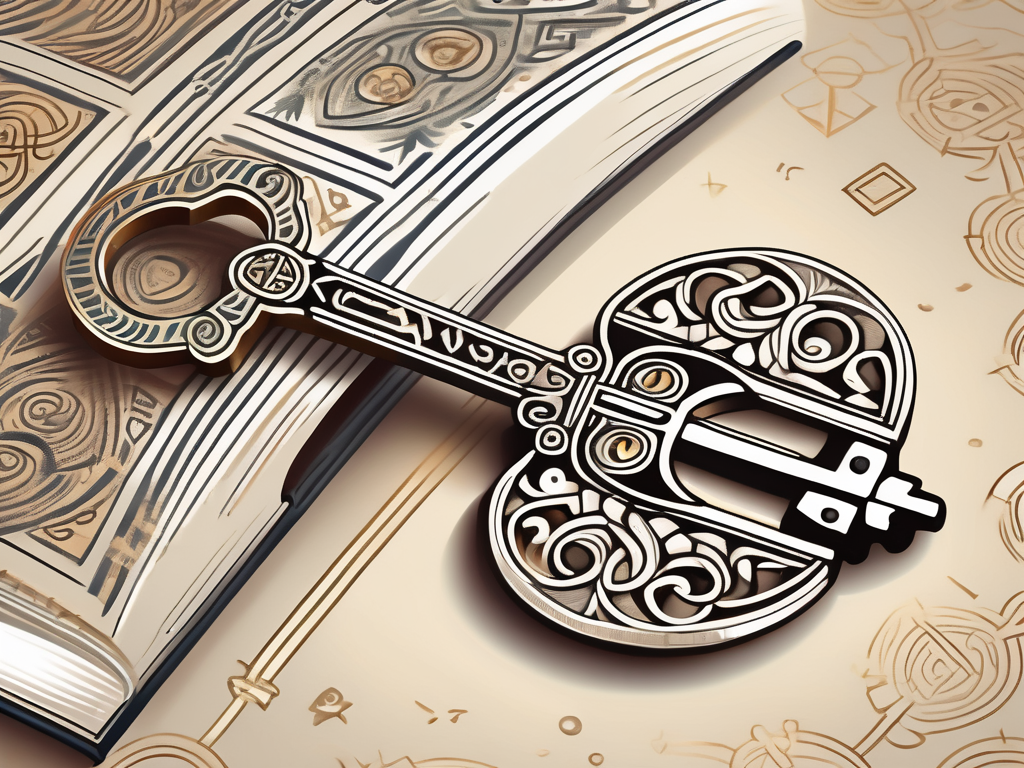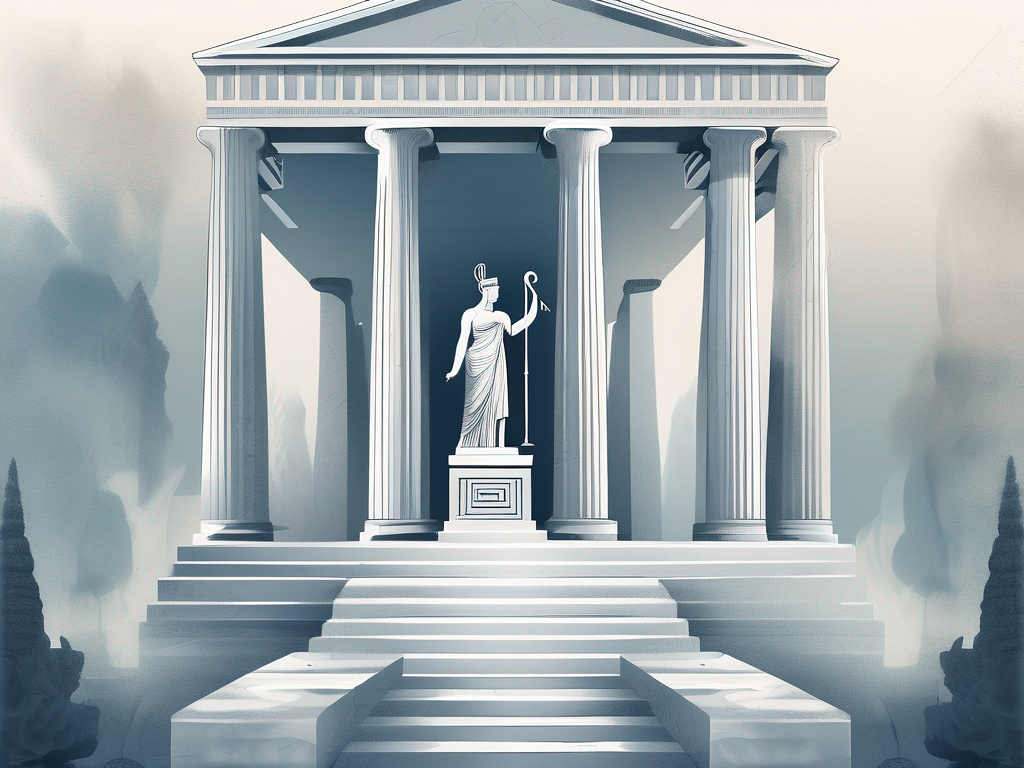When it comes to the realm of creativity, there is one divine group of goddesses that reign supreme – the Muses. These enchanting figures from Greek mythology have captivated the imaginations of artists, musicians, and writers throughout history. By understanding their role in Greek society and exploring their individual profiles, we can gain a deeper appreciation for the profound influence these goddesses have had on the arts.
Understanding the Role of Muses in Greek Mythology
In Greek mythology, the Muses were the daughters of Zeus, the king of gods, and Mnemosyne, the personification of memory. These ethereal beings were believed to reside on Mount Olympus, the sacred dwelling place of the gods. Each Muse was associated with a specific domain of art or knowledge, bestowing their inspiration upon mortals who sought their favor. From epic poetry to history, music to dance, and even astronomy, the Muses encompassed every facet of artistic expression.
Legend has it that the Muses were not mere creations of myth, but rather embodiments of the divine essence of creativity itself. They were believed to be the source of inspiration for all artists, guiding them towards the creation of timeless masterpieces.
The Origin and History of the Muses
The origin of the Muses traces back to ancient times. It is said that Mnemosyne conceived them through a nine-night affair with Zeus, symbolizing the importance of memory in the creative process. As the daughters of such mighty deities, the Muses were granted great power and wisdom, guiding humanity towards the realms of inspiration and creativity.
Throughout history, the Muses have been celebrated in various works of art and literature. The earliest references to the Muses can be found in Hesiod’s “Theogony” and Homer’s “Iliad.” These epic poems celebrated the Muses as the ultimate source of artistic genius, inspiring poets and singers in their quest to create masterpieces that would stand the test of time. Their influence extended beyond the mythical realm, leaving an indelible mark on Greek society.
As time went on, the Muses became more than just symbols of inspiration. They became a source of guidance and support for artists and scholars. It was believed that the Muses would visit those who were worthy, bestowing upon them the gift of inspiration and creativity. Artists would often pray to the Muses, seeking their favor and guidance in their artistic endeavors.
The Muses and Their Influence on Greek Society
The Muses were not just figures of myth and legend; their influence was deeply ingrained in the fabric of Greek society. They were revered as the goddesses of intellectual pursuits, guiding poets, musicians, and scholars towards greatness. In ancient Greece, it was believed that a poet or artist could not create anything truly remarkable without the aid of the Muses.
Furthermore, the Muses served as patrons of cultural events and performed a vital role in the education system. Their presence could be felt in schools and academies, inspiring students to embrace the arts and pursue creative endeavors. Greek philosophers recognized the significance of the Muses, acknowledging their role in fostering innovation and intellectual growth. It is safe to say that the Muses were the driving force behind Greece’s flourishing artistic and intellectual heritage.
Even today, the legacy of the Muses lives on. Their influence can be seen in the countless works of art, literature, and music that continue to inspire and captivate audiences around the world. The Muses remind us of the power of creativity and the importance of embracing our artistic passions. So the next time you find yourself in need of inspiration, perhaps it’s time to call upon the Muses and let their divine guidance lead you towards greatness.
Individual Profiles of the Nine Muses
Diving into the individual profiles of each of the nine Muses reveals a captivating tapestry of divine talent and influence. Let us explore the unique gifts bestowed upon humanity by these enchanting goddesses.
Calliope: The Muse of Epic Poetry
Calliope, the eldest of the Muses, presided over epic poetry. She granted inspirational guidance to poets, helping them craft tales of heroic deeds and adventures that would echo throughout the ages. With her melodious voice and clarion call, Calliope ignited the spark of creativity in those who sought her aid.
Legend has it that Calliope’s presence alone could transport mortals to distant lands, where they would witness the grandeur of battles and the triumph of heroes. Her influence extended beyond the realm of poetry, as she inspired artists of all kinds to reach for greatness and leave a lasting mark on the world.
Clio: The Muse of History
For those seeking to chronicle the past, Clio, the Muse of History, was their guiding light. Her presence inspired historians, encouraging them to delve into the annals of time and ensure the tales of the past lived on. Through Clio’s influence, the great minds of Greece crafted invaluable historical records that continue to shape our understanding of the world today.
It is said that Clio possessed an extraordinary ability to see beyond the surface of events, peering into the depths of human motivations and societal shifts. Her wisdom guided historians in their quest to uncover the truth, allowing them to paint a vivid picture of the past for future generations to admire and learn from.
Euterpe: The Muse of Music
Music held a special place in the hearts of the ancient Greeks, and Euterpe, the Muse of Music, embraced this passion. She inspired musicians and composers to create harmonious melodies that touched the soul. It is said that the sweet strains of her flute could transport mortals to realms untouched by human comprehension.
Euterpe’s influence extended beyond the realm of mortal music, as she was believed to be the muse behind the celestial symphonies of the stars. Her ethereal melodies resonated throughout the cosmos, creating a harmonious dance of celestial bodies that captivated the gods themselves.
Erato: The Muse of Love Poetry
Love, with all its beauty and complexities, was the domain of Erato, the Muse of Love Poetry. Artists and poets turned to Erato for guidance in capturing the essence of love’s many facets – from passionate desire to bittersweet heartbreak. With her influence, the realm of love came alive through poetic verses that resonated deeply within the hearts of those who heard them.
Erato’s presence was said to evoke a sense of longing and yearning in all who encountered her. Her enchanting aura filled the air with a delicate fragrance, reminiscent of blooming roses and whispered promises. Through her inspiration, poets were able to immortalize the most profound emotions of the human heart, forever capturing the essence of love in their verses.
Melpomene: The Muse of Tragedy
In the realm of tragedy, Melpomene held sway. Her dramatic presence inspired playwrights to craft tales of anguish, sorrow, and the human condition. Through her influence, audiences were moved to tears, realizing the cathartic power of expressing and witnessing intense emotions through tragedy’s lens.
Melpomene’s influence reached far beyond the stage, as she was believed to be the muse behind the tragedies of real life. It was said that her tears, shed for the suffering of mortals, watered the roots of empathy and compassion in the hearts of all who encountered her. Through her inspiration, playwrights were able to explore the depths of human suffering, shedding light on the universal struggles that unite us all.
Polyhymnia: The Muse of Hymns
Polyhymnia, the Muse of Hymns, inspired religious devotion through the power of music and song. She guided poets and musicians in their quest to create hymns that would honor the gods and elevate the spirits of those who worshipped. With her serene presence, Polyhymnia lent her grace to sacred rituals and ceremonies.
It is said that Polyhymnia’s voice had the power to calm storms and soothe troubled souls. Her hymns were believed to be a direct channel to the divine, carrying the prayers and praises of mortals to the heavens above. Through her inspiration, worshippers found solace and connection with the gods, forging a spiritual bond that transcended the mortal realm.
Terpsichore: The Muse of Dance
The world of dance owes its vibrancy and grace to Terpsichore, the Muse of Dance. With nimble steps and elegant movements, she guided dancers, ensuring their performances were a symphony of motion. Through her influence, dance became a mesmerizing expression of emotion and storytelling.
Terpsichore’s presence was said to infuse the air with an electric energy, compelling mortals to move and sway to the rhythm of life itself. Her influence extended beyond the physical realm, as she inspired choreographers to create dances that transcended the boundaries of the human body, capturing the essence of the human experience through graceful movements and intricate patterns.
Thalia: The Muse of Comedy
For moments of levity and laughter, Thalia, the Muse of Comedy, took center stage. Comedians and playwrights sought her inspiration, creating humorous works that brought joy and mirth to audiences. Thalia’s infectious laughter echoed through theaters, reminding mortals of the importance of embracing humor in their lives.
Thalia’s presence was said to fill the air with an irresistible lightness, lifting the weight of the world off the shoulders of those who encountered her. Her mischievous spirit inspired comedians to find humor in the mundane and celebrate the absurdities of life. Through her inspiration, laughter became a healing force, reminding mortals to find joy even in the darkest of times.
Urania: The Muse of Astronomy
Urania, the Muse of Astronomy, guided the minds of astronomers and scientists in their celestial explorations. She inspired the pursuit of astronomical knowledge, instilling a sense of wonder and curiosity in those who sought to understand the mysteries of the cosmos. Through her influence, humanity’s understanding of the stars and planets expanded, leading to profound discoveries.
Urania’s presence was said to illuminate the night sky, guiding astronomers in their quest to unravel the secrets of the universe. Her celestial wisdom inspired scientists to peer through telescopes and delve into complex calculations, unlocking the mysteries of distant galaxies and the laws that govern the cosmos. Through her inspiration, humanity’s perception of the universe expanded, forever altering our understanding of our place in the vast expanse of space.
The Muses in Art and Literature
As goddesses of inspiration and creativity, the Muses have been celebrated in countless works of art and literature throughout history.
Depictions of the Muses in Ancient Art
Ancient Greek art dedicated numerous sculptures, paintings, and mosaics to honor the Muses. They were often depicted as ethereal beings adorned with laurel wreaths, musical instruments, and flowing garments. These artistic representations immortalized their beauty and grace, capturing the essence of their divine influence.
The Muses in Classical and Contemporary Literature
The Muses have held an enduring presence in literature, from ancient epic poems to modern novels. Writers have invoked their name, seeking their inspiration to craft captivating stories that touch the hearts and minds of readers. The Muses’ influence can be felt in the lyrical verses of poets, the imaginative tales of novelists, and the heartfelt words of playwrights.
In conclusion, the Muses stand as timeless symbols of inspiration and creativity. Their role in Greek society and their individual profiles serve as a testament to their everlasting influence on the arts. As we continue to seek inspiration today, let us remember the divine guidance of the Muses, giving thanks for the creative fire they have ignited within us all.
